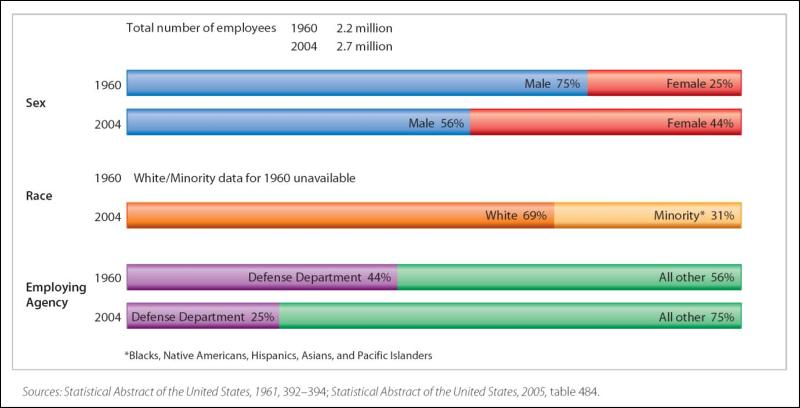Instructions for Side by Side Printing
- Print the notecards
- Fold each page in half along the solid vertical line
- Cut out the notecards by cutting along each horizontal dotted line
- Optional: Glue, tape or staple the ends of each notecard together
AP Gov The Bureaucracy
front 1 Proxy Government | back 1 “Government by proxy”--refers to the practice of the federal government paying state and local governments and private groups to staff and administer federal programs.
|
front 2 The United States Bureaucracy | back 2 Bureaucracy: a large, complex organization composed of appointed officials
|
front 3 Growth of the Bureaucracy UP TO THE CIVIL WAR | back 3 Patronage in the 19th and early 20th centuries rewarded supporters, induced congressional support, and built party organizations
|
front 4 Growth of the Bureaucracy POST CIVIL WAR | back 4 The post-Civil War period saw industrialization and the emergence of a national economy
|
front 5 Expansion of the Bureaucracy | back 5 The Depression and World War II led to government activism
|
front 6 The Impact of 9/11 | back 6 9/11 attacks could also affect the bureaucracy as profoundly as WWII and the Depression
|
front 7 Growth of the Bureaucracy Today | back 7 Modest increase in the number of government employees
|
front 8 Recruitment and Retention | back 8 Competitive service: bureaucrats compete for jobs through OPM
|
front 9 Figure 15.1 Characteristics of Federal Civilian Employees, 1960 and 2004 | back 9  |
front 10 Recruitment and Retention | back 10 Competitive service system has become more decentralized, less reliant on OPM referral
|
front 11 Firing a Bureaucrat | back 11 Most bureaucrats cannot be easily fired
|
front 12 Carrying Out Policy | back 12 Most bureaucrats try to carry out policy, even those they disagree with
|
front 13 Constraints on the Bureaucracy | back 13 Constraints are much greater on government agencies than on private bureaucracies
|
front 14 Agency Allies | back 14 Agencies often seek alliances with congressional committees and interest groups
|
front 15 Congressional Oversight | back 15 Congress creates agencies
|
front 16 Bureaucratic Pathologies | back 16 Red tape: complex, sometimes conflicting rules
|
front 17 Reforming the Bureaucracy | back 17 National Performance Review (NPR) in 1993 designed to reinvent government calling for less centralized management, more employee initiatives, fewer detailed rules, and more customer satisfaction |
front 18 Reforming the Bureaucracy | back 18 Most rules and red tape are due to struggles between the president and Congress or to agencies’ efforts to avoid alienating influential voters
|